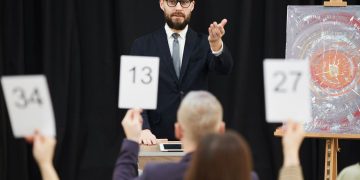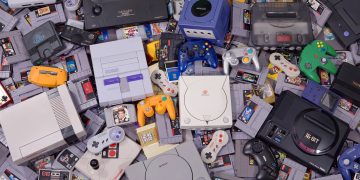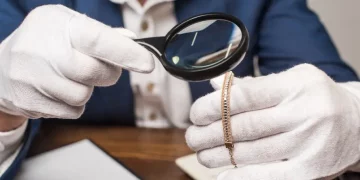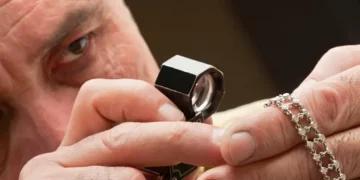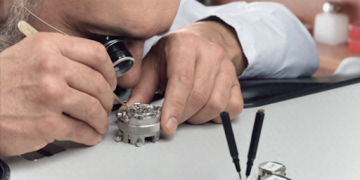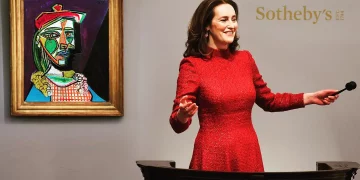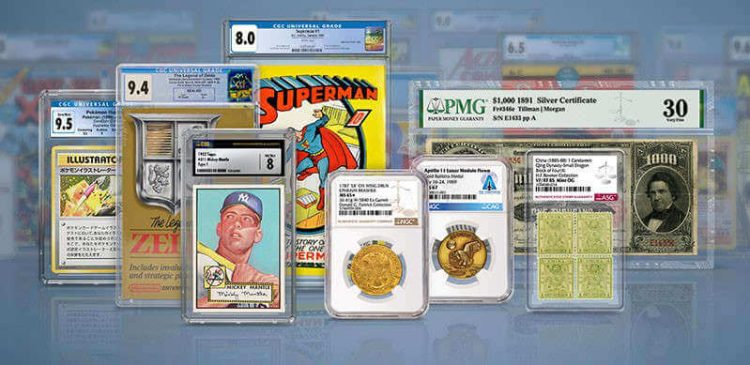The world of rare collectibles is filled with opportunities and risks. Collectors are often drawn to the excitement of finding and acquiring items that may one day become highly valuable. However, with such opportunities comes the significant risk of encountering forgeries, counterfeit items, or misrepresented goods. This is where authentication comes into play. Authentication is a critical process that ensures an item’s legitimacy, providing collectors with the assurance that their purchases are genuine. In this article, we’ll explore the importance of authentication in rare collectibles, the methods used to verify authenticity, the impact of authentication on pricing and market trends, and key resources for learning about and conducting authentication. Understanding these aspects will help you protect your investment and make informed decisions when buying or selling rare collectibles.
1. The Importance of Authentication in Rare Collectibles
The collectibles market is unique in that it thrives on rarity, historical significance, and cultural value. Whether you’re dealing with rare coins, vintage sports memorabilia, fine art, comic books, or luxury watches, authenticity is paramount. The importance of authentication cannot be overstated because it directly impacts the value, desirability, and marketability of an item.
Protecting Against Forgeries and Counterfeits
The collectibles market has long been plagued by forgeries and counterfeit items. Forgeries can be sophisticated, with counterfeit artists and manufacturers creating replicas that look almost identical to the original. This is particularly common in markets like fine art, rare watches, and sports memorabilia, where high-value items are at stake. Without proper authentication, collectors risk paying inflated prices for items that hold little to no value. Authentication serves as the first line of defense against these types of scams, ensuring that collectors are acquiring genuine, valuable pieces.
Verifying Provenance and Historical Significance
In addition to verifying authenticity, authentication plays a critical role in confirming the provenance of a collectible. Provenance is the history of ownership of an item, and for many rare collectibles, this history is essential to determining value. For example, a rare painting might be worth significantly more if it can be traced back to a famous artist or a historical event. Similarly, sports memorabilia can see its value soar if it’s proven to have belonged to a legendary player. Without authentication and proper documentation of provenance, an item’s history may remain uncertain, and its value may be compromised.
Ensuring Market Confidence
Authentication fosters trust within the market. When an item is authenticated by a recognized expert or organization, it provides a stamp of credibility that assures both buyers and sellers of its authenticity. This is especially crucial in high-value markets like fine art, where prices can reach millions of dollars. Authentication processes and reputable certificates build consumer confidence, ensuring that sellers can secure a fair price and that buyers are not exposed to unnecessary risk.
Protecting the Collector’s Investment
For many collectors, rare items represent more than just possessions—they are investments. Authentic items are more likely to appreciate in value over time, while forgeries or misrepresented items can lose value rapidly. Collectors who fail to authenticate their items run the risk of owning items that may be difficult to resell or that could decline in worth due to their inauthentic nature. By investing in proper authentication, collectors safeguard their investments and ensure that their collections retain value.
2. Common Methods Used to Authenticate Valuable Items
There are several methods used to authenticate valuable items in the collectibles market. Depending on the type of collectible, different techniques and processes may be employed. The most common methods for authenticating collectibles include expert certification, specialized testing, and digital verification.
Expert Authentication and Certification
One of the most reliable methods for authenticating collectibles is through expert certification. Experts in various collectible markets, such as sports memorabilia, fine art, and rare coins, use their knowledge and experience to verify an item’s authenticity. These experts are often affiliated with recognized organizations or third-party grading companies that provide certification for items.
For example, PSA (Professional Sports Authenticator) and Beckett Grading Services (BGS) are widely respected in the sports card market, while CGC (Certified Guaranty Company) is renowned for certifying comic books. These companies grade the condition of the item and assign it a certification number, which can be verified online or through their databases. These third-party certifications provide a stamp of authenticity, allowing buyers to feel confident that the item they are purchasing is genuine.
Specialized Testing and Forensic Techniques
In some cases, more in-depth methods are required to authenticate items, particularly when dealing with materials that can be replicated or altered, such as art or antique items. Specialized testing and forensic techniques are employed to verify the age, origin, and material composition of a collectible.
For instance, in the fine art world, techniques like pigment analysis, carbon dating, and X-ray fluorescence (XRF) spectroscopy are used to determine the authenticity of a painting. These tests can help experts determine if the materials used in the artwork are consistent with the time period in which the artist worked. Similarly, watchmakers use serial numbers and microscopic inspections to verify the authenticity of luxury timepieces.
Digital Verification and Blockchain Technology
In recent years, digital technologies have started to play an increasingly important role in authentication. Blockchain technology, in particular, has revolutionized the way collectibles, especially digital items like NFTs (non-fungible tokens), are authenticated. Blockchain creates an immutable record of ownership that can trace the history of a digital collectible from its creation to the present day. This technology provides a transparent and secure method for verifying the authenticity of items, ensuring that collectors are purchasing genuine, verified assets.
Digital authentication tools are also used in the verification of physical items. For example, holograms, QR codes, and digital certificates are becoming more common in the sports memorabilia market, where items are often signed or marked with a unique identifier that can be cross-referenced with an online database.
Physical Marks of Authentication
Many collectibles feature distinctive marks that are used to authenticate them. These physical marks can include signatures, stamps, serial numbers, or branding that is specific to a certain brand or artist. For instance, limited-edition items from luxury brands often feature holographic labels or engraving marks that confirm the item’s authenticity. In the case of coins and stamps, collectors often rely on mint marks and special editions to verify an item’s origin.
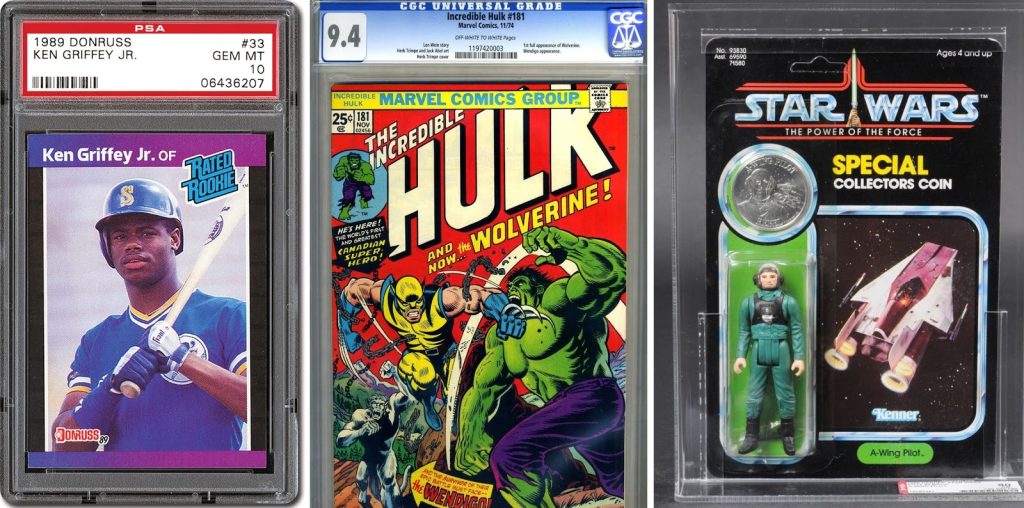
3. How Authentication Affects Pricing and Market Trends
The process of authentication has a direct impact on both the pricing and market trends of collectibles. Authentication not only ensures the legitimacy of an item but also provides an objective way to assess its value, condition, and rarity. This, in turn, influences market demand and pricing structures in the collectibles market.
Impact on Pricing
Certified and authenticated items tend to fetch higher prices than those that are not verified. This is because authentication assures buyers that the item is genuine and has been accurately graded. For instance, a sports card that is authenticated and graded by a reputable organization like PSA or BGS will command a higher price than an ungraded card or one with an unknown provenance. The same principle applies to fine art, rare coins, and luxury watches—authenticated items are considered more valuable and tend to appreciate over time.
The pricing differential between authenticated and unauthenticated items can be substantial. In some cases, the value of an authenticated item can be several times higher than that of an unverified counterpart. This price gap is particularly evident in high-demand collectible markets, where the demand for authentic items exceeds supply.
Influence on Market Trends
Authentication not only affects pricing but also plays a role in shaping market trends. As the demand for authenticated items increases, so too does the interest in certification and verification services. This creates a cycle where more collectors are willing to invest in authentication services to ensure they are acquiring valuable items. As the popularity of certain collectibles grows, the demand for authentication becomes even more pronounced, further influencing market trends.
For example, the surge in popularity of sports memorabilia and rare collectibles in recent years has led to increased demand for grading and certification services. This, in turn, has created a more organized and transparent market, allowing collectors to make more informed decisions based on authenticated information. Similarly, the rise of digital art and NFTs has introduced new ways of verifying authenticity, further shaping the future of the collectibles market.
Protection Against Market Manipulation
Authentication also plays a critical role in protecting the market from manipulation. Without a reliable system for verifying the authenticity of collectibles, it would be easy for fraudulent individuals to manipulate prices by selling forgeries as genuine items. Authentication standards provide transparency and fairness, ensuring that both buyers and sellers are held accountable. By adhering to established authentication procedures, the collectibles market can maintain integrity and avoid falling victim to fraudulent schemes.
4. Key Resources and Guides for Learning About Authentication
For collectors, staying informed about authentication practices and learning how to properly verify items is essential. There are many resources available to help collectors navigate the authentication process and understand the various methods and tools available.
Grading and Certification Companies
Grading companies and certification organizations are invaluable resources for collectors looking to authenticate their items. These companies provide expert services and guides on how to submit items for authentication and the criteria they use to assess value. Some of the most well-known grading and certification companies include:
- PSA (Professional Sports Authenticator): A leading company in the sports memorabilia market, PSA offers a comprehensive certification and grading service for sports cards and collectibles.
- CGC (Certified Guaranty Company): A major player in comic book authentication, CGC grades and certifies comic books and related items.
- Beckett Grading Services (BGS): Another well-known company in the sports card market, BGS also offers grading services for non-sports collectibles.
- JSA (James Spence Authentication): JSA is renowned for its expertise in autograph authentication, particularly in sports and entertainment memorabilia.
Authentication and Collecting Forums
Online forums and communities dedicated to specific collectibles are great resources for learning about authentication. These forums allow collectors to share their experiences, ask questions, and learn from experts in the field. Websites such as Collectors Universe, CGC’s message boards, and The Collector’s Society offer a wealth of knowledge and a platform for collectors to discuss authentication practices and trends.
Books and Guides
For those who prefer a more in-depth approach, there are numerous books and guides available on the topic of authentication. Many collectors and experts have written books on how to spot forgeries, how to authenticate various items, and the history of collectible markets. Books such as “The Art of Authentication” by Robert J. H. Belton and “The Official Guide to Collecting Coins” by David W. Lange provide valuable information for collectors of specific categories.
Online Courses and Webinars
Many organizations and experts offer online courses and webinars on authentication practices. These resources are particularly useful for those new to the collecting world. Platforms like Udemy, Coursera, and The Learning Annex offer courses on collecting, grading, and authentication.












